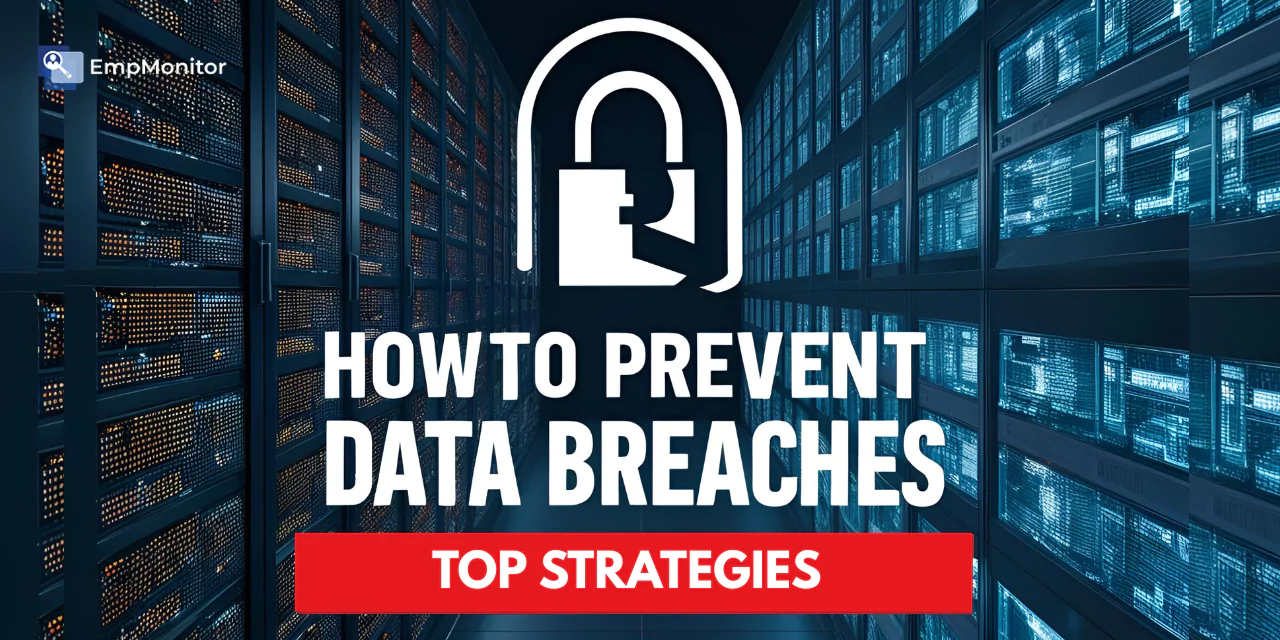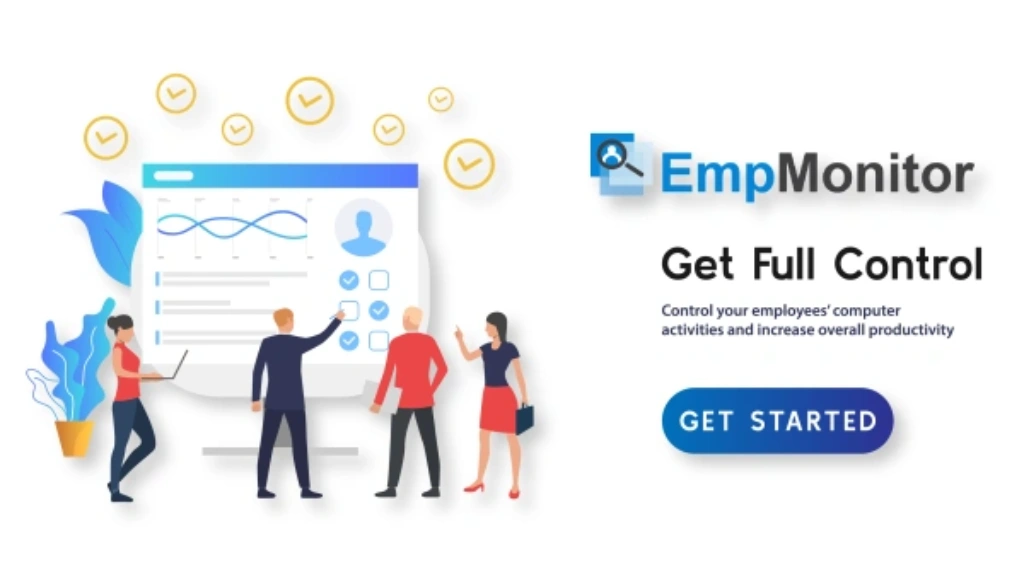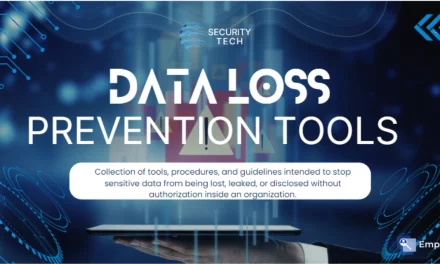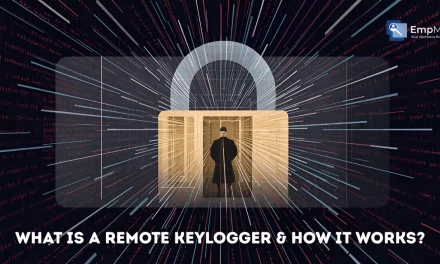A single click—that’s all it takes to compromise your entire organization. In 2025, cyber threats have evolved beyond simple malware attacks to sophisticated, AI-driven assaults that bypass traditional defenses with alarming ease. The difference between business continuity and catastrophic failure now hinges on one critical factor: proactive data breach prevention.
The numbers don’t lie. Last year alone, ransomware attacks surged by 128%, while the average cost of a breach hit $4.45 million—a figure that doesn’t account for the irreversible reputational damage that follows. What’s more troubling? 93% of these incidents could have been prevented with the right strategies.
It isn’t about fear-mongering—it’s about facing reality. Legacy security measures are no match for today’s threats, where attackers exploit everything from AI-generated deepfakes to unsecured IoT devices in your office. The remote work revolution has only expanded the attack surface, turning every employee’s home network into a potential breach entry point.
Data breach prevention has become the ultimate business imperative—not just for IT teams, but for every leader who understands that trust is the most valuable currency in the digital age. The companies that will thrive in 2025 aren’t those that respond fastest to attacks, but those that stop them before they happen.
The time for passive security is over. What follows is a no-nonsense guide to building defenses that work in today’s threat landscape—where every second of prevention is worth millions in protection.
In a hurry? Listen to the blog instead!
Why Data Breach Prevention Can’t-Wait?

Even more concerning is the fact that studies indicate as many as 93% of breaches are preventable. The damage from these breaches often extends far beyond immediate monetary losses. Leaked customer records, compromised intellectual property, and prolonged operational downtime can destabilize the most robust business models. Traditional security measures, once considered sufficient, are now being challenged by new attack methodologies. Cybercriminals are employing sophisticated techniques that exploit weaknesses in AI, leverage deepfakes, and take advantage of unsecured Internet of Things (IoT) devices. Moreover, the surge in remote work arrangements has dramatically expanded the potential attack surface for malicious actors.
In the sections that follow, we will delve into the specific threats that modern businesses face and then transition into actionable strategies for preventing breaches. As we move forward, keep in mind that every measure taken today protects your data & reinforces your business’s long-term viability.
2025’s Top 5 Data Breach Threats (And How To Stop Them)
Staying ahead of cyber threats means recognizing the most pressing risks before they strike. In 2025, data breach prevention hinges on addressing a handful of critical vulnerabilities that can cripple even the most secure businesses. Let’s dive into these threats and explore the best defenses to mitigate them.
1. AI-Powered Social Engineering
Cybercriminals are now using generative AI to create highly convincing phishing emails and fraudulent communications. It has become increasingly difficult for employees to distinguish between genuine requests and malicious imposters.
Defense:
To counter this growing threat, businesses should implement AI-powered email filters that detect subtle irregularities in communication patterns. Additionally, enforce mandatory verification protocols for high-stakes actions like fund transfers. Verifying requests through multi-factor authentication (MFA) or direct contact with the sender significantly reduces the risk of falling victim to impersonation.
2. Ransomware with a Double Threat
Ransomware has evolved beyond encryption alone. Today’s attackers first steal sensitive data before locking down systems, giving them additional leverage to extort companies. Even if data is restored, the threat of exposure looms, leaving businesses vulnerable to ongoing extortion.
Defense:
A strong data breach prevention strategy includes maintaining isolated, air-gapped backups that can’t be accessed through network connections. Pair this with endpoint detection and response (EDR) systems to quickly identify suspicious activity before it escalates. By monitoring for anomalies in real-time, businesses can minimize the impact of a potential breach.
3. The Insider Threat
Whether due to careless errors or deliberate misconduct, insider threats remain a significant cause of data breaches. A single misstep, such as clicking on a malicious link or mishandling sensitive information, can have catastrophic consequences.
Defense:
Behavioral analytics can monitor user activity and detect unusual patterns, alerting security teams to potential threats. Additionally, ongoing employee training, including simulated phishing exercises, helps cultivate a culture of awareness. Encouraging staff to report anomalies and enforcing strict data handling protocols further reduce the risk of internal breaches.
4. Cloud Configuration Errors
As businesses continue shifting operations to the cloud, misconfigured APIs, unsecured storage buckets, and poorly managed access controls create vulnerabilities that attackers can easily exploit. These errors often go unnoticed until they’re too late.
Defense:
Automated cloud security posture management (CSPM) tools continuously scan for misconfigurations, ensuring your cloud environment remains secure. Regular audits of cloud settings and enforcing strict access control policies minimize the likelihood of accidental exposure.
5. IoT: The Weakest Link
Connected devices like smart printers, security cameras, and IoT sensors are often overlooked in cybersecurity protocols. Unfortunately, these devices frequently lack advanced security features, making them prime targets for attackers.
Defense:
Segmenting your network to isolate IoT devices from critical systems adds an extra layer of protection. Enforce regular firmware updates and apply robust password policies across all connected devices to minimize entry points for cybercriminals.
By understanding and addressing these vulnerabilities, businesses can strengthen their data breach prevention strategy. Up next, we’ll explore seven proven techniques to fortify your defenses and safeguard sensitive information effectively.
7 Proven Strategies For Data Breach Prevention
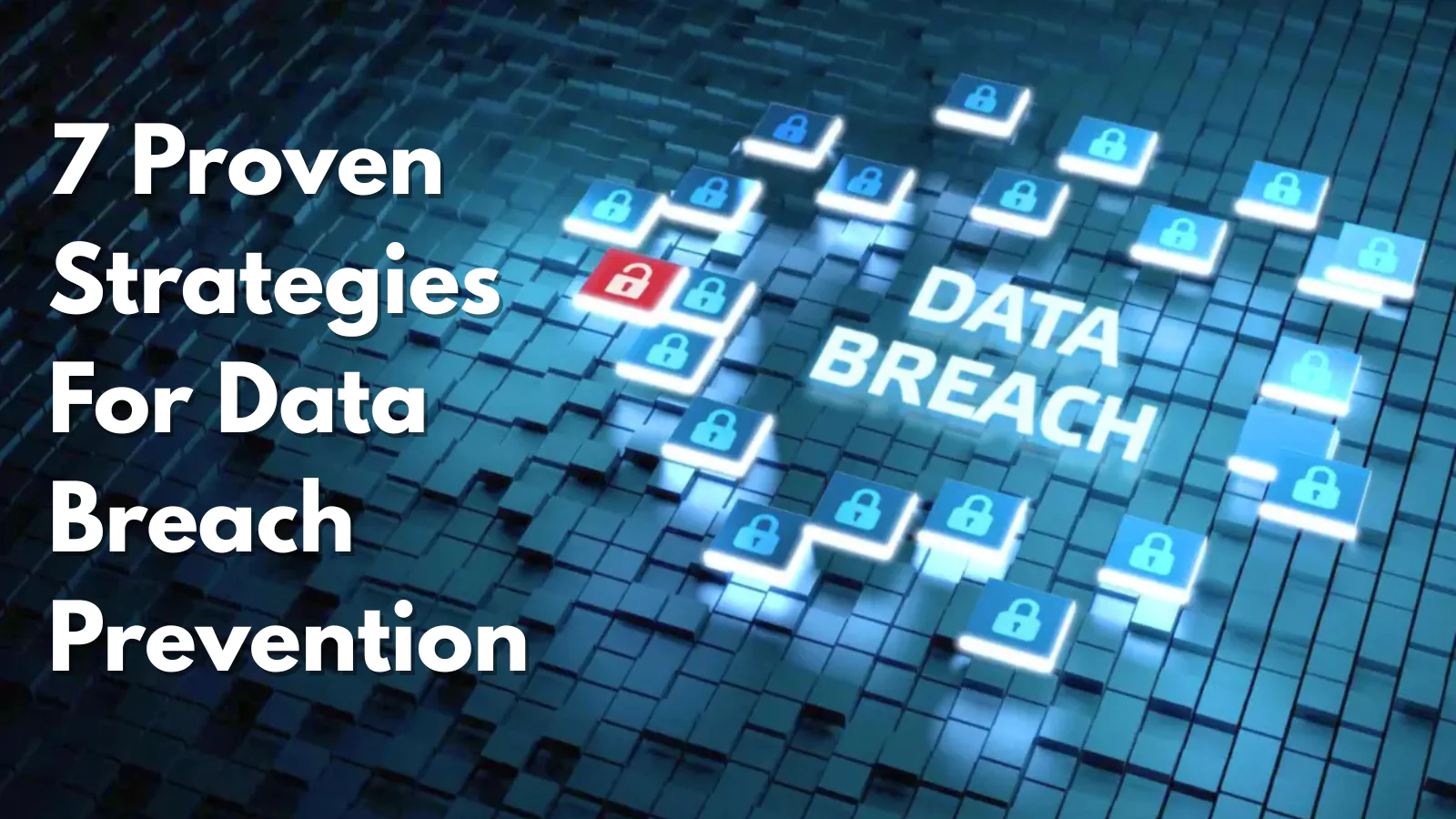
1. Embrace Zero Trust Architecture
In a zero-trust framework, trust is never assumed. Every user and device, whether inside or outside your network, must be verified before gaining access. This principle drastically reduces the risk of internal threats and limits lateral movement by attackers.
Implementation Tips:
- Establish strict identity verification protocols.
- Use network segmentation to limit the spread of potential intrusions.
- Continuously monitor and validate all connections, ensuring that no unverified entities gain access.
2. Encrypt Data at All Times
Encryption serves as the last line of defense, protecting data even if other security measures fail. By encrypting data at rest, in transit, and during processing, you ensure that sensitive information remains secure regardless of its location.
Implementation Tips:
- Utilize strong encryption standards across all platforms.
- Consider emerging technologies such as homomorphic encryption to process data without exposing it.
- Regularly update encryption protocols to address new vulnerabilities.
3. Rethink Authentication Methods
Traditional password-based systems are increasingly vulnerable to brute-force attacks and social engineering. Moving towards passwordless authentication, such as FIDO2 security keys or biometric verification, significantly reduces this risk.
Implementation Tips:
- Phase out legacy password systems in favor of more secure alternatives.
- Educate employees about the benefits and use of advanced authentication methods.
- Integrate multi-factor authentication (MFA) across all critical systems to add an extra layer of security.
4. Accelerate Patch Management
Cybercriminals are quick to exploit known vulnerabilities in outdated software and firmware. A proactive patch management system ensures that updates are applied swiftly, reducing the window of opportunity for attackers.
Implementation Tips:
- Automate the update process for all systems and devices.
- Regularly review patch management policies to ensure they meet current threat levels.
- Coordinate with vendors to obtain timely updates and security patches.
5. Transform Employees into Security Advocates
Employees are your first line of defense against cyber threats. By fostering a security-aware culture, you can transform every team member into a vigilant defender of your organization’s data.
Implementation Tips:
- Conduct regular, engaging training sessions on cybersecurity best practices.
- Run simulated phishing exercises to keep employees alert and informed.
- Create clear reporting channels for suspicious activities, ensuring that issues are addressed promptly.
6. Segment Your Network Strategically
Network segmentation is a crucial tactic for containing breaches. By isolating critical systems and limiting access to sensitive data, you minimize the potential impact of an attack.
Implementation Tips:
- Divide your network into segments based on function and sensitivity.
- Limit cross-segment communication to only what is necessary for business operations.
- Use firewalls and intrusion detection systems to monitor and control data flow between segments.
7. Implement Continuous Monitoring and Analytics
Real-time monitoring of network activity can detect anomalies as they occur, allowing you to respond swiftly to potential threats. Investing in advanced analytics and security information and event management (SIEM) systems is essential for proactive data breach prevention.
Implementation Tips:
- Deploy tools that offer real-time alerts for unusual data transfers, login attempts, or other suspicious behaviors.
- Regularly review logs and reports to identify patterns that may indicate a breach.
- Establish protocols for immediate response when an anomaly is detected, minimizing potential damage.
With these strategies in place, your organization can build a resilient defense against the myriad threats of 2025. However, effective data breach prevention requires the right tools to ensure seamless implementation. One such tool that enhances visibility monitors employee activities, and identifies unusual behavior is EmpMonitor. By integrating real-time analytics with detailed monitoring, EmpMonitor strengthens your defense, making it easier to detect and prevent potential breaches before they escalate.
How EmpMonitor Enhances Data Breach Prevention?

Key Features That Support Data Breach Prevention
- Real-Time Activity Monitoring: EmpMonitor tracks user activities across devices, enabling quick identification of unusual behavior and potential threats.
- Automated Threat Alerts: The system generates instant notifications for suspicious login attempts, unauthorized file transfers, or other anomalies, allowing rapid response.
- Detailed User Behavior Analytics: By analyzing patterns in user behavior, EmpMonitor identifies deviations that may signal a security risk, helping your IT team stay ahead of potential threats.
- Insider Threat Detection: As a reliable employee monitoring software, EmpMonitor provides visibility into privileged user activities, ensuring that internal threats are detected and addressed before they compromise sensitive data.
- Audit Logs and Compliance Reporting: Maintain a detailed record of system access and changes, helping ensure compliance with industry standards and regulatory requirements.
Integrating EmpMonitor into your cybersecurity strategy enhances visibility, strengthens breach detection, and safeguards critical business data.
Your 2025 Data Breach Prevention Checklist
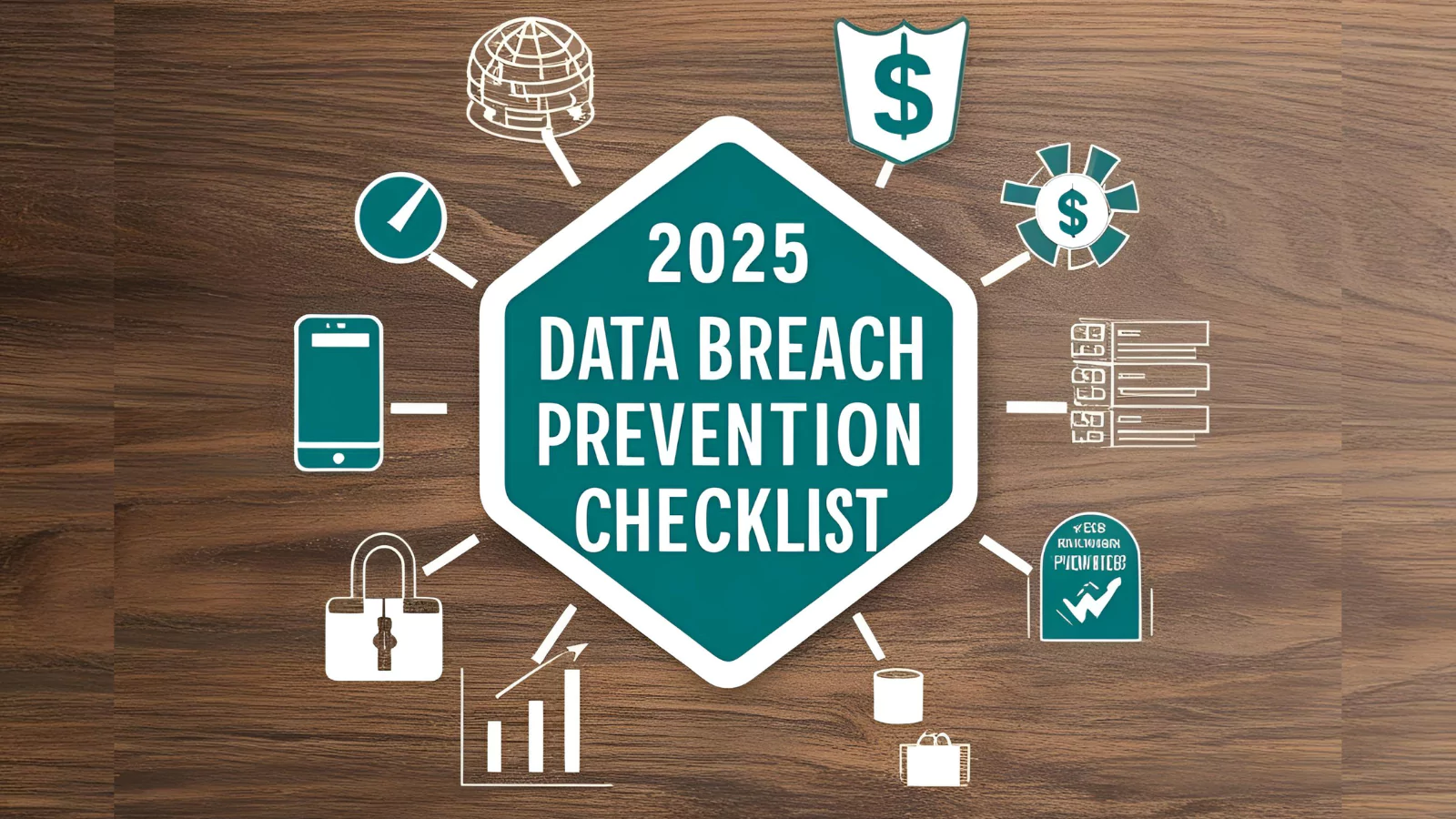
1. Identify Your Crown Jewels
Begin by identifying the data that is most critical to your business. It might include customer personally identifiable information (PII), intellectual property, financial records, or proprietary research. Understanding what data is most sensitive is the first step in data breach prevention.
Action Steps:
- Conduct a data inventory to classify sensitive information.
- Prioritize data based on potential business impact.
- Document where and how this data is stored, accessed, and transmitted.
2. Map Your Attack Surface
Next, take a comprehensive look at your network and systems. It includes all cloud applications, endpoints, and third-party vendors that may have access to your data. Mapping your attack surface helps identify blind spots that could compromise your data breach prevention efforts.
Action Steps:
- Create a detailed network diagram highlighting all connection points.
- Evaluate the security posture of third-party vendors and partners.
- Regularly update the map to reflect changes in your infrastructure.
3. Test Your Incident Response
A robust incident response plan is critical for minimizing damage in a breach. Regularly testing your incident response protocols ensures that every team member knows their role when an incident occurs. Including incident response reviews in your data breach prevention strategy can strengthen your organization’s readiness.
Action Steps:
- Conduct tabletop exercises with IT, legal, and public relations teams.
- Simulate different breach scenarios to assess response effectiveness.
- Update your incident response plan based on test findings and evolving threats.
4. Review and Tighten Access Controls
The principle of least privilege (PoLP) is essential for minimizing internal risks. Ensure that employees and third parties have access only to the data necessary for their roles. Implementing strict access controls is a crucial component of data breach prevention.
Action Steps:
- Audit current access privileges across all systems.
- Remove or restrict access for users who do not need it.
- Implement role-based access controls and monitor for any deviations.
5. Schedule Regular Tool Audits
Finally, review the performance and effectiveness of your security tools. Are your current solutions robust enough to counter the emerging threats of 2025? Regular audits can help you determine if it’s time to upgrade or integrate additional tools, enhancing your data breach prevention capabilities.
Action Steps:
- Conduct quarterly reviews of your cybersecurity software.
- Stay informed about the latest security technologies and updates.
- Consider partnering with cybersecurity experts for external audits.
This checklist serves as a practical guide for evaluating your defenses and ensuring that no aspect of your security infrastructure is overlooked. An effective data breach prevention plan reduces the risk of security breaches & safeguards sensitive information from ever-evolving cyber threats. In the following section, we address common questions when implementing these measures.
Read More
Unlocking the Powerful Benefits of Data Loss Prevention Tools
Conclusion
Protecting sensitive information has become a necessity in today’s digital world. Knowing the types of data breaches and taking the right steps for data breach protection can help prevent potential threats. Simple practices like using strong passwords, regularly updating software, and educating employees about cybersecurity are some of the best ways to prevent data breaches. Staying alert and prepared protects your data & builds trust and ensures long-term security for your business.
For organizations looking to enhance their security, EmpMonitor offers comprehensive solutions to safeguard data and monitor activities effectively, ensuring a secure and productive work environment.
Frequently Asked Questions (FAQs)
- What are the first steps to take after detecting a data breach?
The first step is to contain the breach by isolating affected systems. Next, assess the scope of the breach, notify relevant authorities, and inform affected parties. Finally, work on strengthening security measures to prevent future incidents. - How does employee training help in data breach prevention?
Educating employees about cybersecurity risks, phishing attacks, and safe data practices reduces the chances of accidental breaches. Employees who recognize suspicious activity can report it early, preventing further damage. - Is encryption enough to protect sensitive data?
While encryption is a powerful security measure, it should be combined with other practices like multi-factor authentication, regular security audits, and access controls to provide robust protection. - What industries are most vulnerable to data breaches?
Industries that handle sensitive customer information, such as healthcare, finance, and e-commerce, are prime targets for cyberattacks. These sectors should implement stringent security measures to safeguard data. - How often should businesses conduct security audits?
Businesses should conduct security audits at least once a year, but more frequent audits may be necessary for industries with high data sensitivity. Regular audits help identify vulnerabilities and ensure compliance with data protection regulations.

